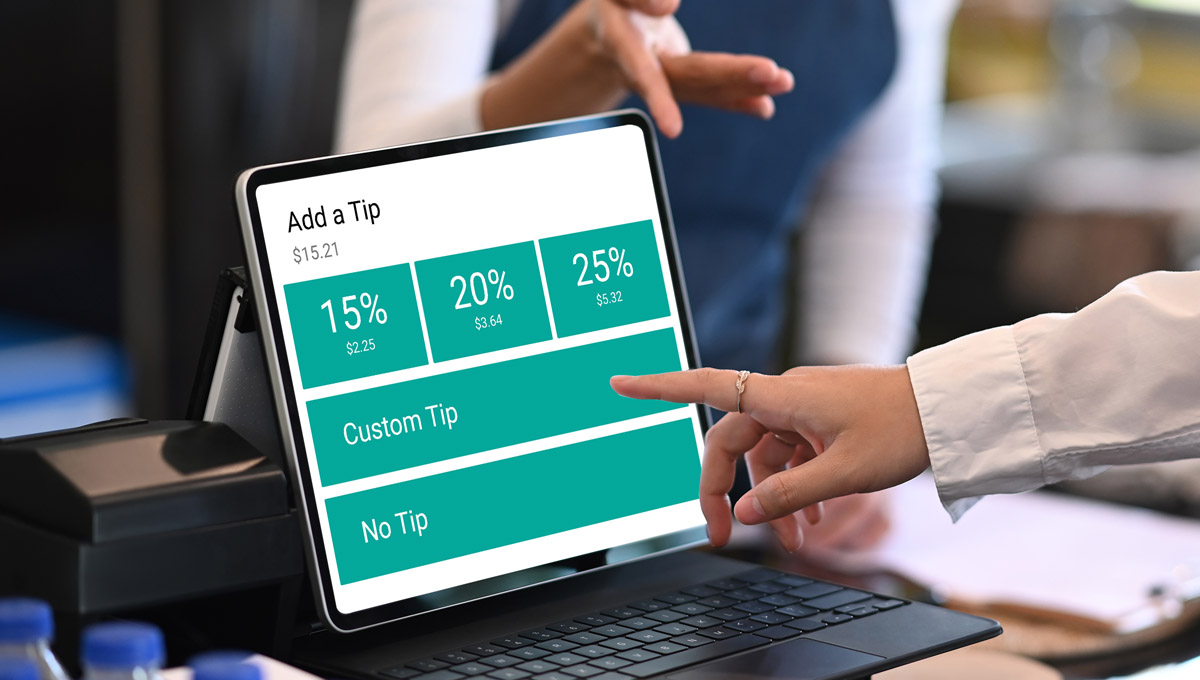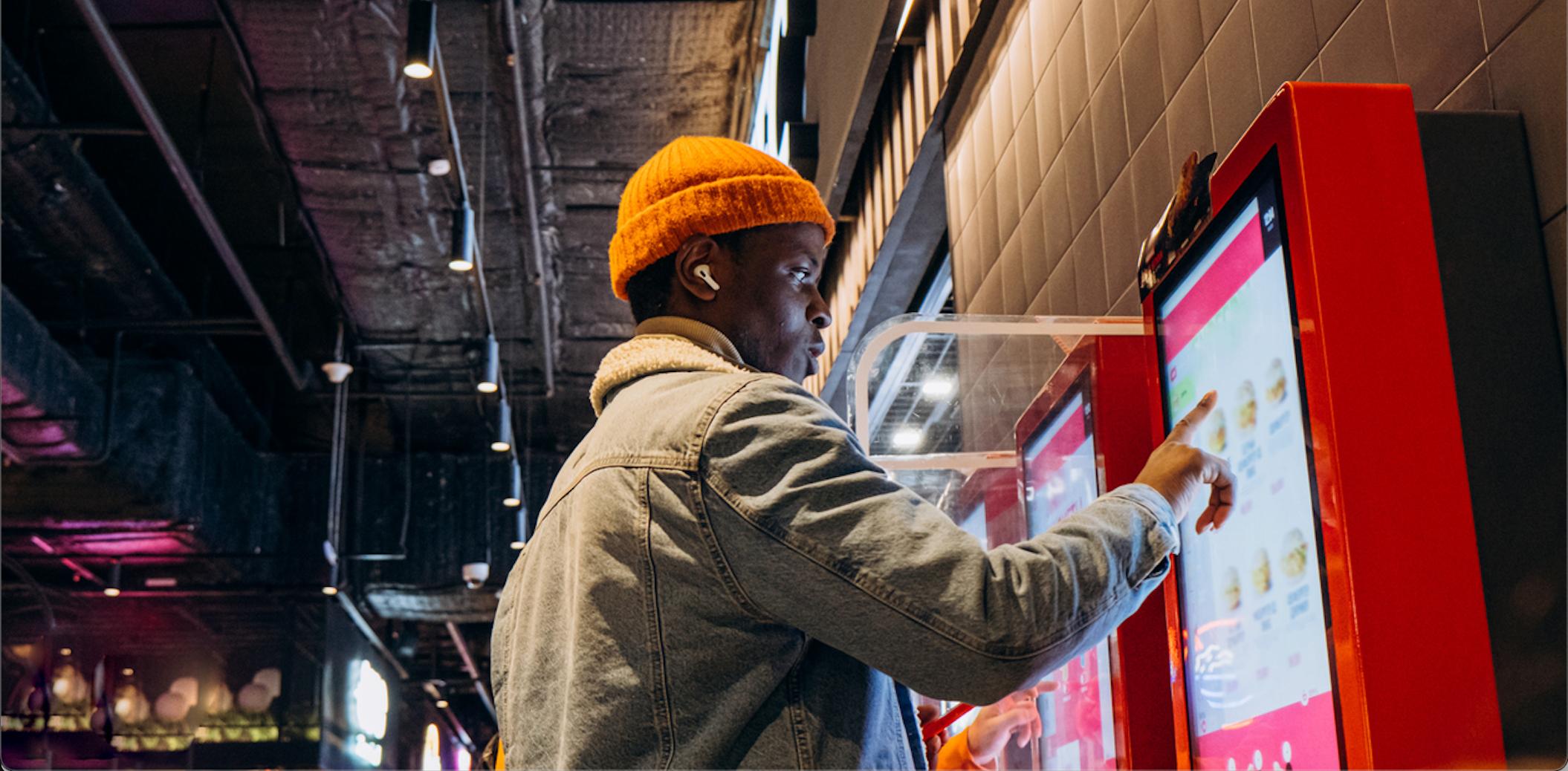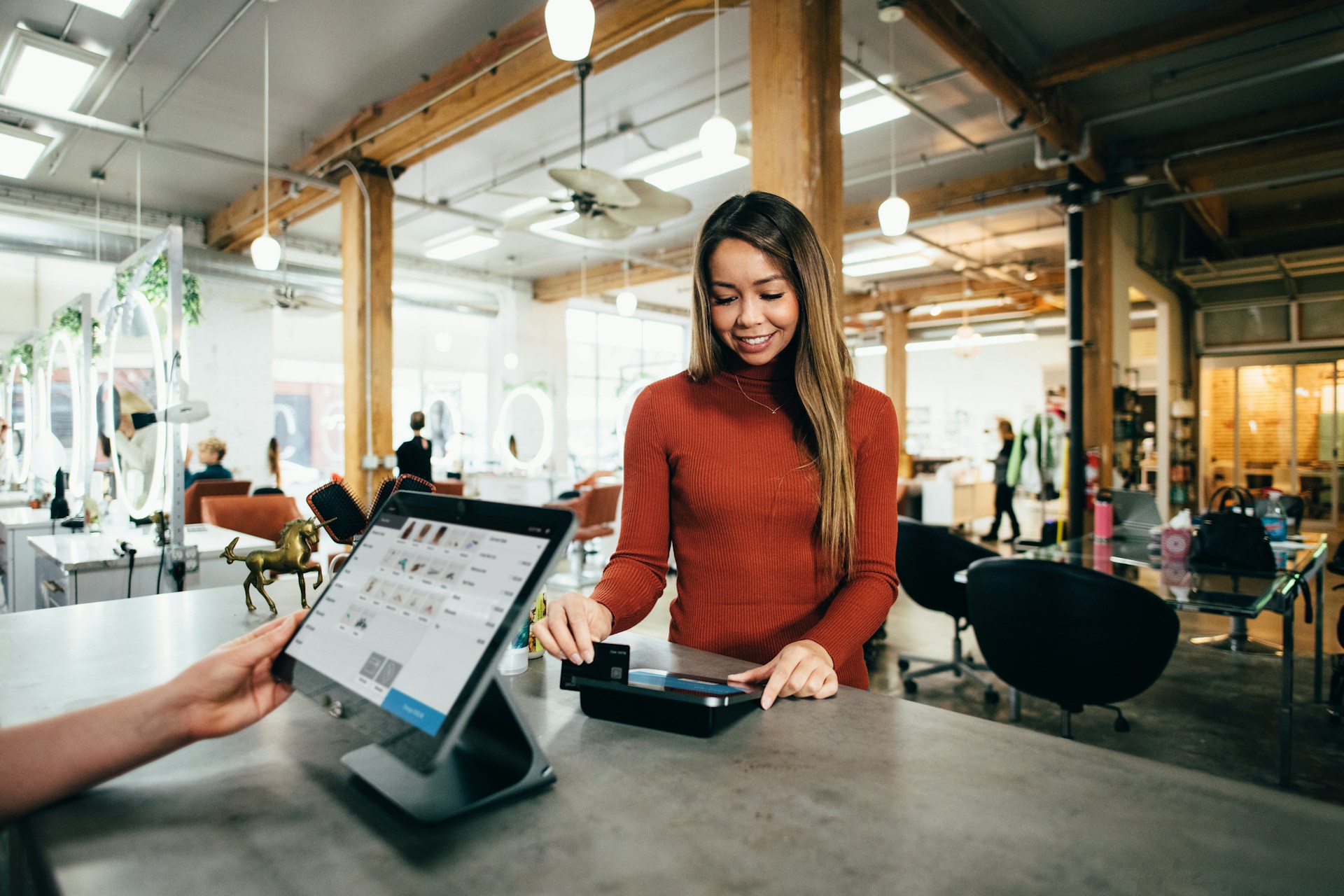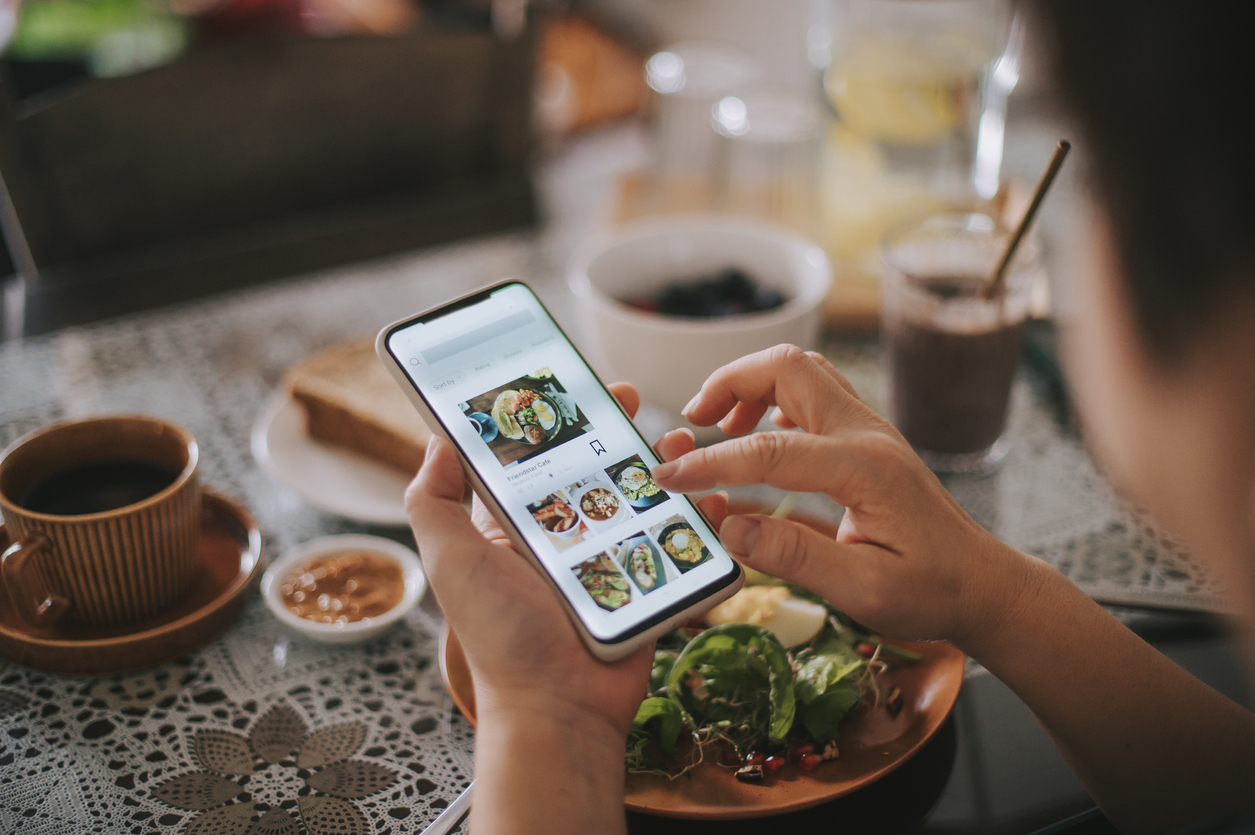Tipping has become an essential part of the service industry in the United States, serving as a means for customers to express appreciation for good service. Although tipping is practiced in many industries, it is particularly prevalent in the food industry, with approximately 81% of Americans tip at restaurants, and tipping amounts averaging between 11% and 20%, according to recent surveys.
However, with the COVID-19 pandemic prompting a shift toward digital transactions, traditional tipping norms have been disrupted. As a result, many industries, including the food industry, are adopting software-driven tip prompts.
In this article, we will examine how the introduction of software-driven tip prompts is altering tipping dynamics and its impact on your restaurant's profitability. Let's delve deeper without delay!
The Significance and Evolution of Tipping Culture in the United States
Tipping has been an integral part of American culture since the 19th century, when affluent Americans visiting Europe observed locals tipping service workers and brought the custom back to the United States, where it quickly gained popularity.
Tipping is a gesture made by customers to express appreciation for the services received, and it holds great significance in the food industry. Customers typically leave tips for their servers and other restaurant staff, as it forms a significant portion of their income, often being the difference between financial stability and hardship.
It's not just servers who depend on tips to make ends meet, but also bartenders, hosts, and other restaurant workers. Thus, leaving a tip is not merely a way to show gratitude for good service, but also a contribution towards the betterment of the livelihoods of the people who work there. However, with modern technological advancements, the way in which we give tips has changed.
The Role of Software-Driven Tip Prompts
While tipping has always been a part of American culture, recent years have seen a significant transformation in the landscape of tipping due to the emergence of software-driven tip prompts. But what exactly are these tip prompts?
In essence, software-driven tip prompts are digital prompts that surface on payment screens or mobile apps, suggesting predefined tip amounts or percentages to customers during the checkout process. These prompts have been widely adopted across industries such as restaurants, food delivery services, and ride-sharing apps, among others.
For instance, when ordering food from a delivery app, customers may encounter a pop-up window displaying suggested tip options before completing the payment. It is understandable to have questions about why more restaurants are implementing software-driven tip prompts, especially as the practice of tipping is becoming more common in quick-service restaurants where it was previously less common.
Benefits of Software-driven Tip Prompts
One reason for the increase in the use of software-driven tip prompts is the potential for higher tip amounts. Tip prompts remind customers to leave a gratuity. Studies have shown that customers are more likely to leave a tip when prompted than when not prompted and that customers tend to tip more when presented with predefined tip options compared to when they have to manually decide an amount.
By providing predefined tip options, software-driven tip prompts make it easier for customers to leave a tip and encourage them to do so. With more customers leaving tips, employees can potentially earn more in gratuities. Additionally, since many restaurants pool tips, higher tip amounts can benefit the entire team rather than just one individual.
Another benefit of software-driven tip prompts is the convenience and speed they provide. With predefined tip options, customers can quickly select a tip amount without having to do any math or spend time deciding on an amount. This leads to a smoother checkout process and a better customer experience.
Additionally, with the shift towards contactless and cashless transactions, digital tip prompts have become even more important. They allow customers to leave a tip without having to exchange cash, reducing the risk of spreading germs and promoting a safer environment for both customers and restaurant staff.
In summary, software-driven tip prompts offer benefits such as higher tip amounts, improved convenience and speed, and facilitating contactless transactions. These benefits make them an attractive option for many restaurants, including quick-service restaurants where tipping was previously less common. In the next section, we will look at real examples of how restaurant owners/operators have experienced tip prompts in their businesses.
A Look Into Restaurant Operator's Experience With Tip Prompts
According to a survey conducted by Square, 75% of restaurants in the US are now utilizing software-driven tip prompts at checkout. Such a high implementation rate is enough to illustrate how popular software-driven tip prompts have become in the US. Here are some real-life examples of how software-driven tip prompts have impacted tipping culture in the US restaurant industry:
Case Study 1: Diner in New York City
A popular family-owned diner in NYC, introduced software-driven tip prompts on their digital payment system last year. According to the owner, the results were significant. The average tip amount increased by 15%, and the overall tipping rate rose by 20%, which was attributed to the convenience and ease of use of the prompts, which nudged customers to tip more generously. The prompts also helped the restaurant streamline tip distribution among staff, ensuring fair and transparent sharing of tips.
Case Study 2: Pizzeria in Los Angeles
A popular pizza joint in LA integrated software-driven tip prompts into their online ordering system. The owner noticed a significant shift in tipping patterns. Previously, customers would often skip the tipping – resulting in lower tips or no tips at all. However, with the introduction of prompts, the percentage of customers leaving tips increased by 30%. The pizzeria attributes this change to the prompts encouraging tipping, which reminded customers to show appreciation for the service they received.
These case studies highlight the positive impact that software-driven tip prompts can have on tipping culture in the restaurant industry.
Best Practices for Implementing Software-Driven Tip Prompts
As a restaurant owner/operator, if you are considering implementing software-driven tip prompts, here are some valuable tips to keep in mind:
- Understand Your Customers: First and foremost, consider the preferences and tipping habits of your specific customer base. Next, tailor the tip prompts accordingly to align with their expectations and habits.
- Keep it simple: Make sure the prompts are easy to understand. Always prefer simple language over catchy jargon that customers may not understand. Avoid confusing calculations or lengthy prompts.
- Make it personal: Add a personal touch to the prompts, like a friendly thank you message, to make them more relatable and human. This will improve customer experience and increase the chances of a higher tip.
- Test and optimize: To get the most out of software-driven tip prompts, it's important to test and optimize them. Use A/B testing to see what works best and make changes accordingly.
- Train your staff: Train your staff to be knowledgeable about the prompts. This will make them able to answer customer inquiries and provide assistance as and when needed.
- Respect customer choices: Above all, always respect customers' tipping decisions. You must avoid pressuring or shaming them for not leaving a tip. Maintain a positive relationship with them.
We are sure that by following these best practices and strategies, you can optimize the use of tip prompts and ultimately improve your restaurant's finances.
Conclusion
Software-driven tip prompts have become an indispensable element of the US restaurant industry, significantly enhancing customer behavior and employee earnings. It is crucial to recognize that the amount and manner of tipping are still subject to factors such as food quality, service, and the overall customer experience.
-
ItsaCheckmate provides a variety of functionalities that enable you to integrate over 100 third-party services and online ordering platforms directly into your restaurant's POS system, streamlining your ordering process by managing all your platform orders and menus in a centralized location.





